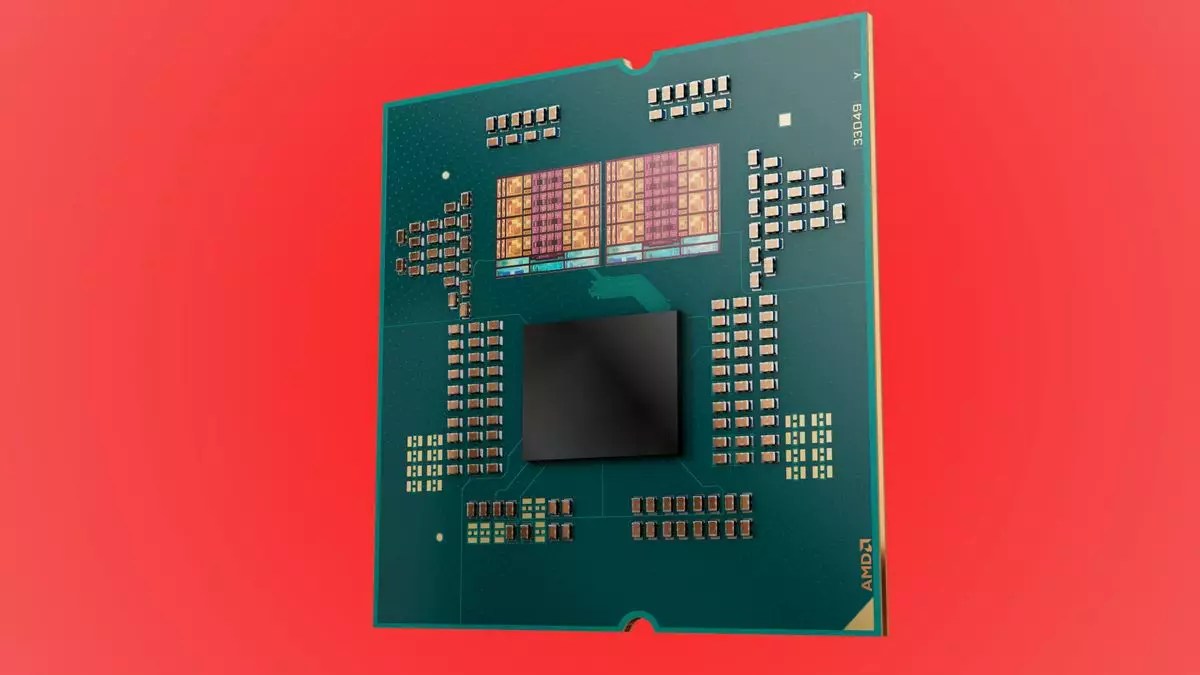AMD’s Zen architecture has been a game-changer for the company, bringing profitability and market-leading performance. With the recent announcement of Zen 5 at Computex 2024, AMD continues to build upon its successful foundation while introducing some noteworthy performance enhancements.
Zen 5 maintains the fundamental structure of its predecessor, Zen 4, with Core Complex Dies (CCDs) housing up to eight cores and sharing 32MB of L3 cache. While there are no increases in cores, threads, or cache, the focus of Zen 5 lies in optimizing data flow and enhancing processing efficiency within the core structures.
Branch Prediction and Efficiency Improvements
One of the key improvements in Zen 5 is the refinement of each core’s branch prediction unit, aimed at enhancing accuracy and speed in determining the next set of instructions to be processed. By reducing prediction errors, Zen 5 improves the overall efficiency of core processing, resulting in smoother operation and better performance.
Wider Pipelines and Instruction Throughput
Zen 5 boasts “wider pipelines and vectors,” indicating an increase in the number of pipelines, instruction schedulers, and dispatch capabilities per cycle in each core. This improvement aligns with AMD’s goal of maximizing instruction bandwidth and enhancing processing capabilities for a variety of applications.
Deeper Window Size and Reorder Buffer
The “deeper window size” in Zen 5 refers to the enlargement of the reorder buffer (ROB), which plays a crucial role in maintaining instruction flow and preventing pipeline idle time. By increasing the size of the ROB, AMD ensures that the wider pipelines work efficiently and effectively, contributing to overall performance improvements.
Enhanced Instruction Bandwidth and Performance Gains
Zen 5 introduces up to two times more instruction bandwidth in the front end and between various cache levels, leading to enhanced performance and throughput for demanding tasks such as content creation and AI operations. The increased focus on AI and AVX-512 throughput highlights AMD’s commitment to catering to professional users seeking accelerated processing capabilities.
With significant performance gains of up to 23% in applications like Blender and notable improvements in game performance, Zen 5 is poised to make a strong impact in the market. The enhanced architecture and efficiency improvements are likely to appeal to a wide range of users, from content creators to gamers.
While AMD’s Zen 5 announcement may seem modest compared to previous launches, the underlying improvements in core architecture and performance enhancements showcase the company’s dedication to innovation. As the Ryzen 9000 series based on Zen 5 prepares for release, consumers can look forward to experiencing the next evolution of AMD’s CPU architecture firsthand.


Leave a Reply